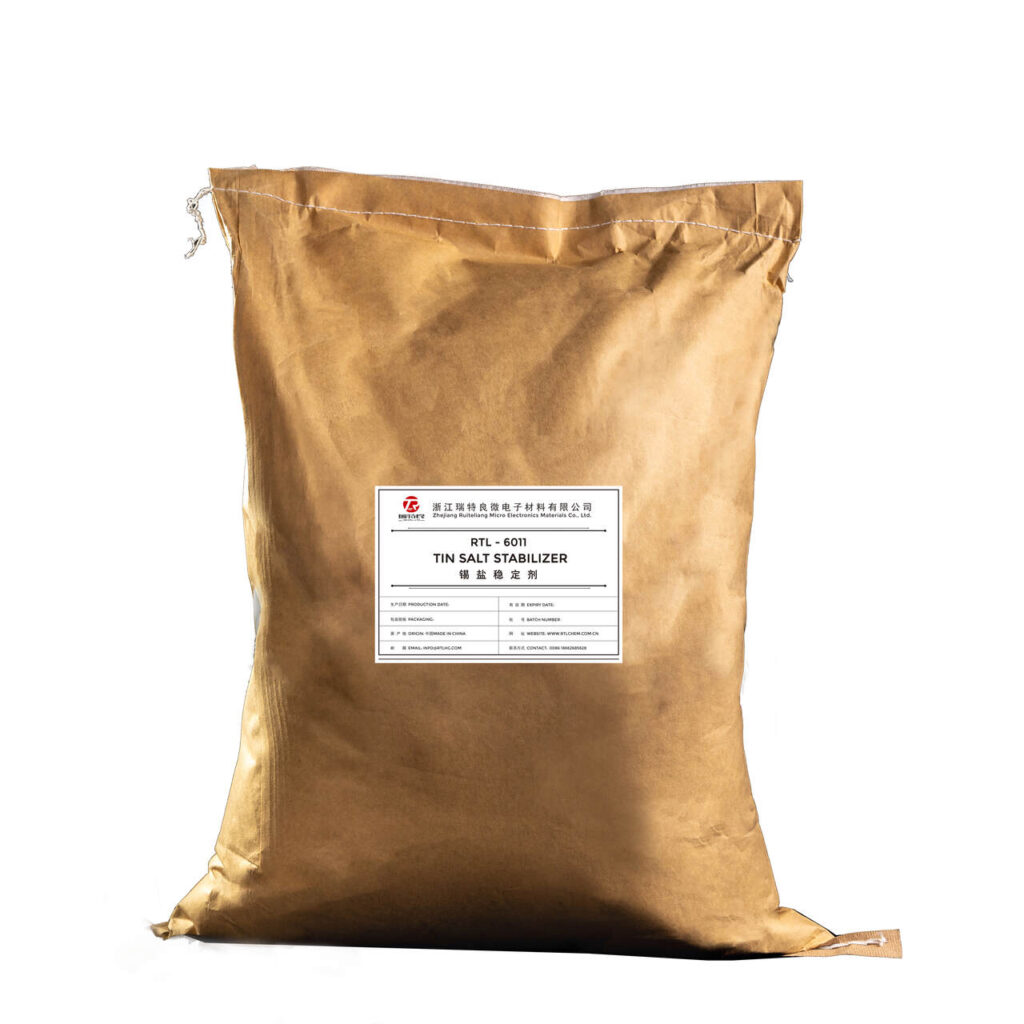Process : Dewax → Degreasing → Alkaline etching→ Electropolishing → Film removal → Desmutting → Anodizing → Electrolytic colouring → Sealing-N→ sealing-M → sealing-H
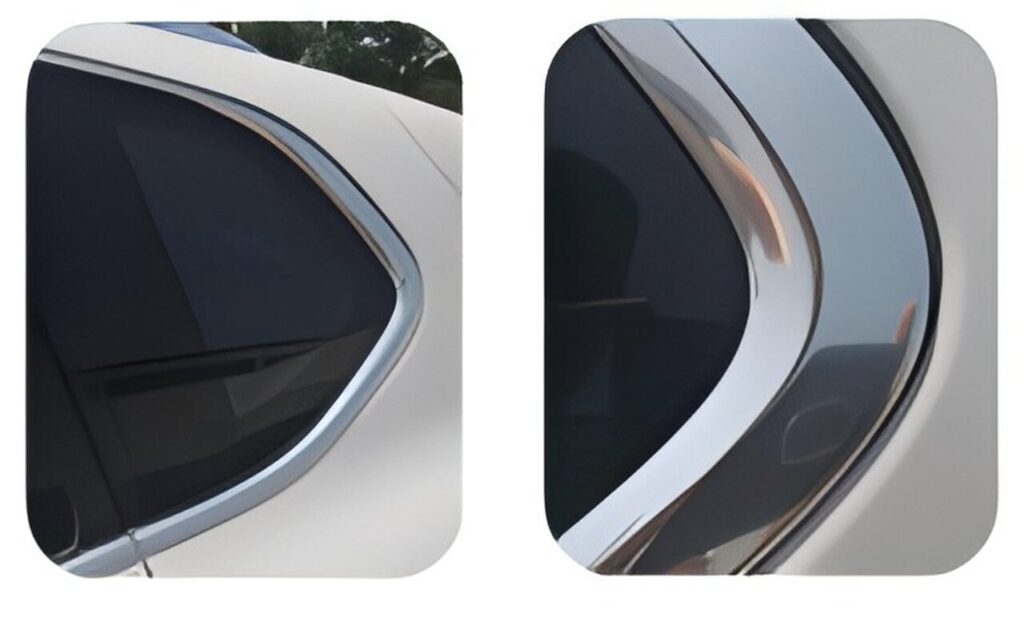
Used for alkaline etching bath
1.Prevent scaling and sedimentation of the bath solutions;
2.Operate under aluminum ions over 120g/L
3.Used for alkaline etching bath or non-good parts film removal bath
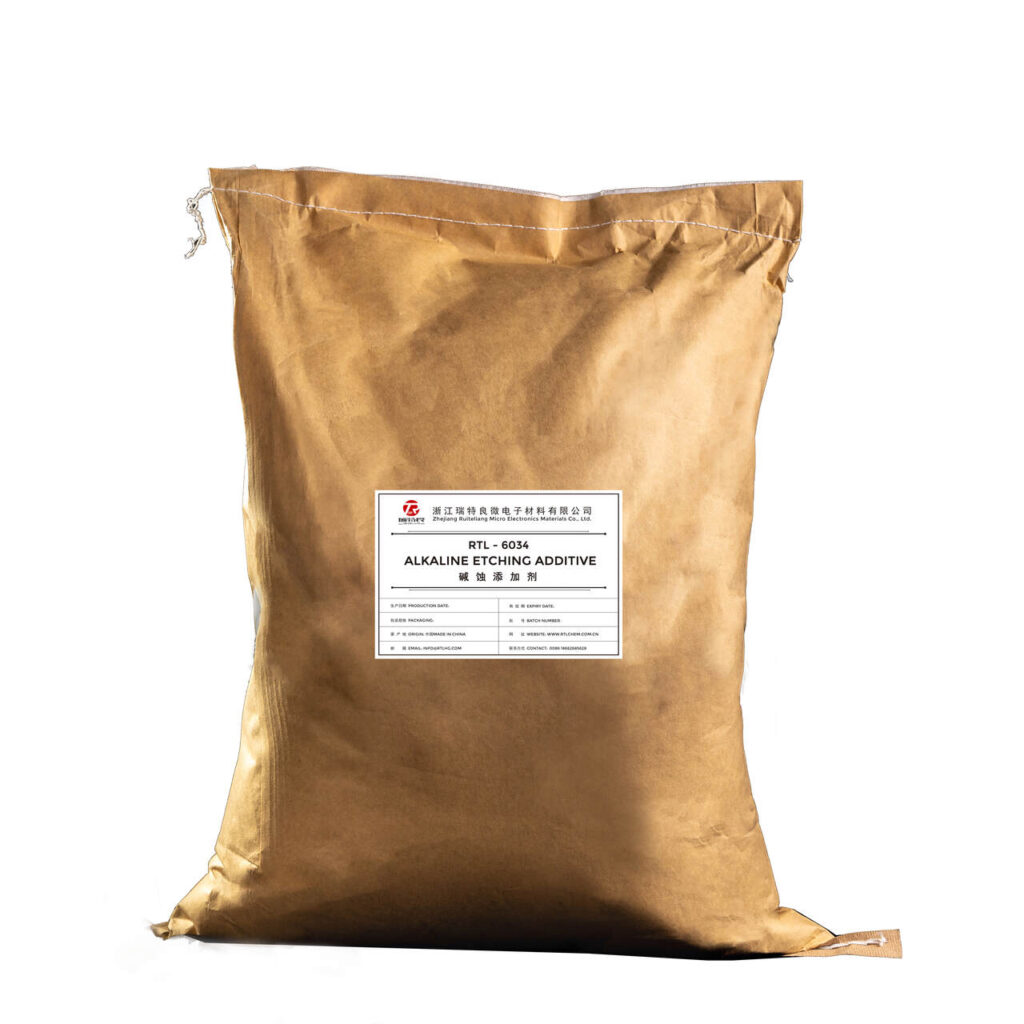
Used for products containing polishing wax
1.Environmentally friendly, free of phosphorus, fluoride and boron;
2.Strong cleaning ability for white and green wax;
3.Strong ability for liquid wax;
4.Weak alkalinity, used for immersion cleaning, low corrosion
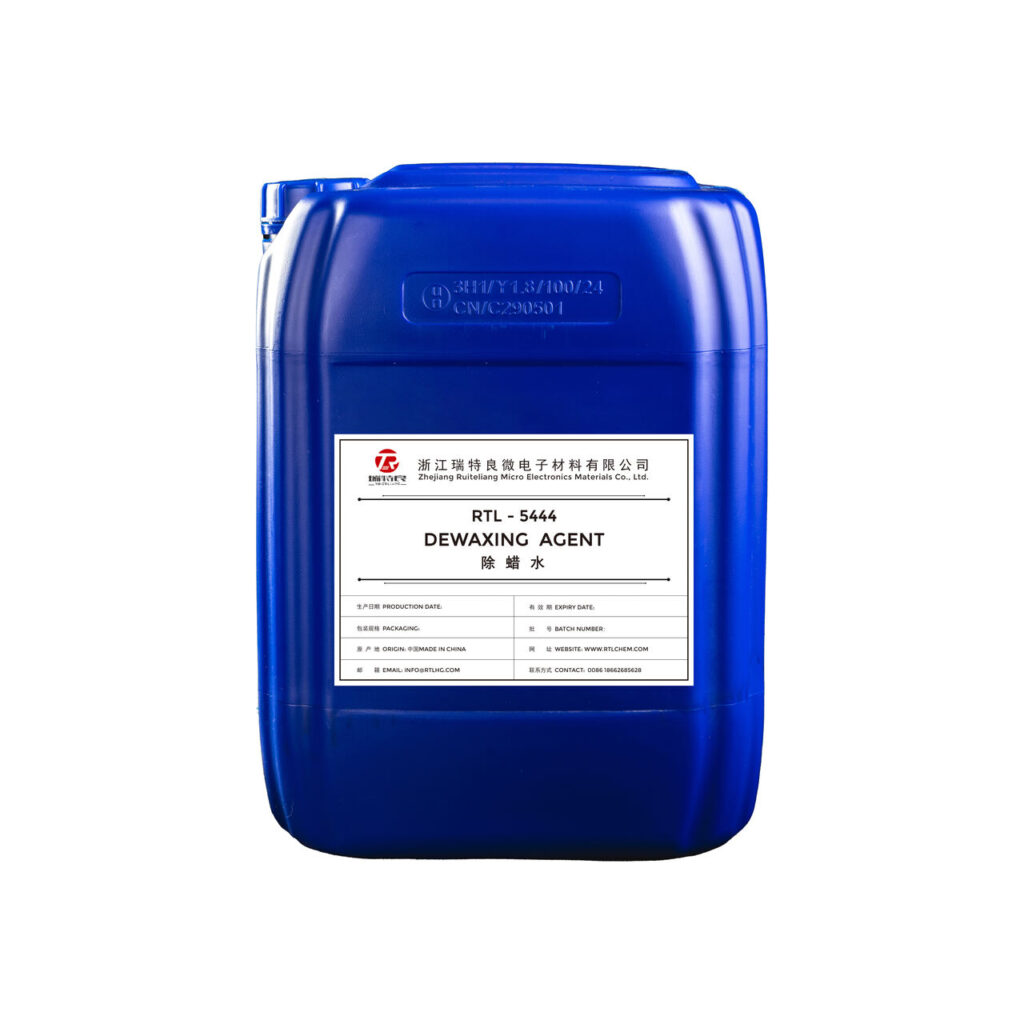
Weak alkaline degreasing agent for aluminum and aluminum profiles
1.Good gloss with low corrosion;
2.Used for immersion cleaning

Sanding
1. Provide excellent matte and fog effect;
2. Effectively remove material surface indentations, material marks, and mold marks;
3. It can form a small rough layer on the surface of aluminum.

Used for phosphoric acid and sulfuric acid two acid electrolytic polishing agents
1.Achieving mirror gloss in a short time;
2.Shiny and strong metal quality finishes;
3.Effectively remove the extrusion traces;
4.Good finish without flow marks and spots;
5.Good stability under 40g/L aluminum ions;
6.Free of nitric acid, chromic acid, and nickel components;
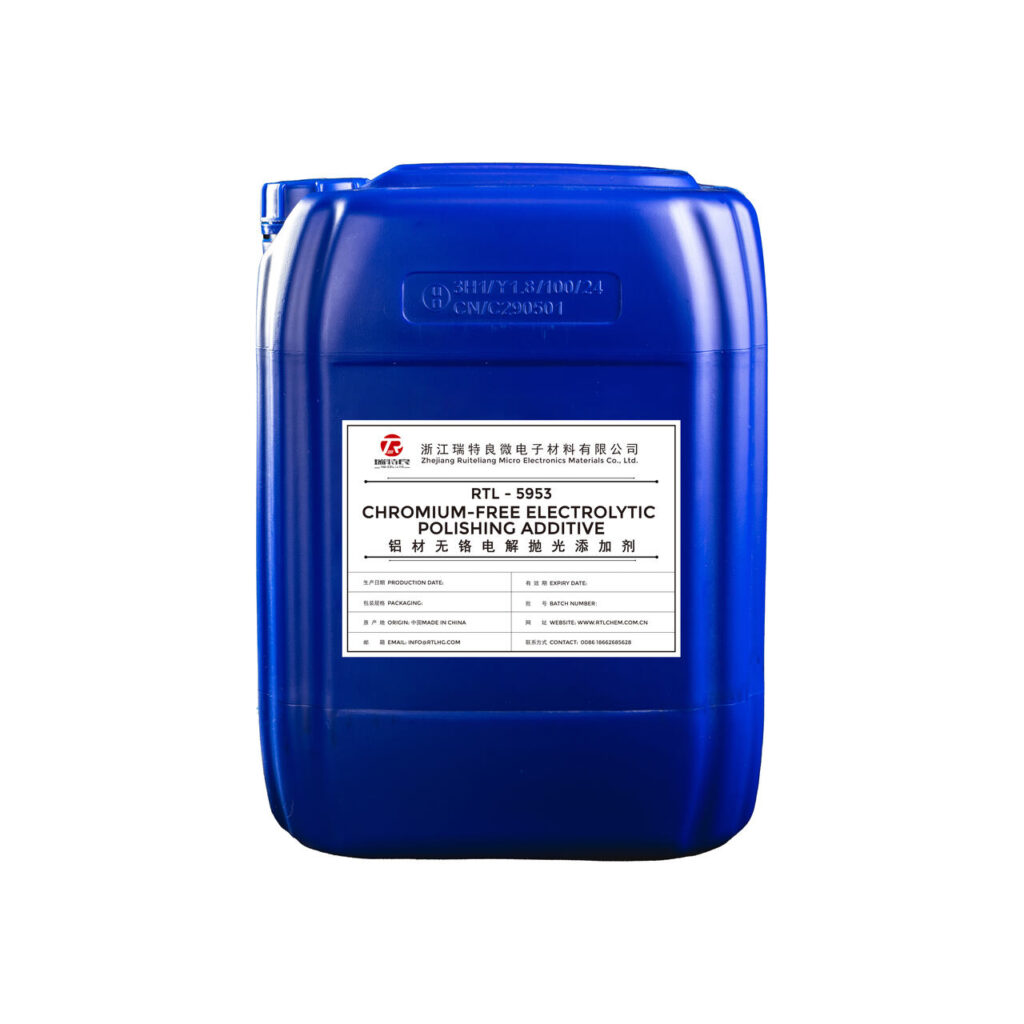
Used for removing floating ash on the surface after acidic electrolytic polishing and alkaline etching
1.Easily remove dirt, ash hanging, oxygen skinning, and black film;
2.Free of nitrogen, phosphorus, fluorine, chromium;
3.Easy to treat wastewater;
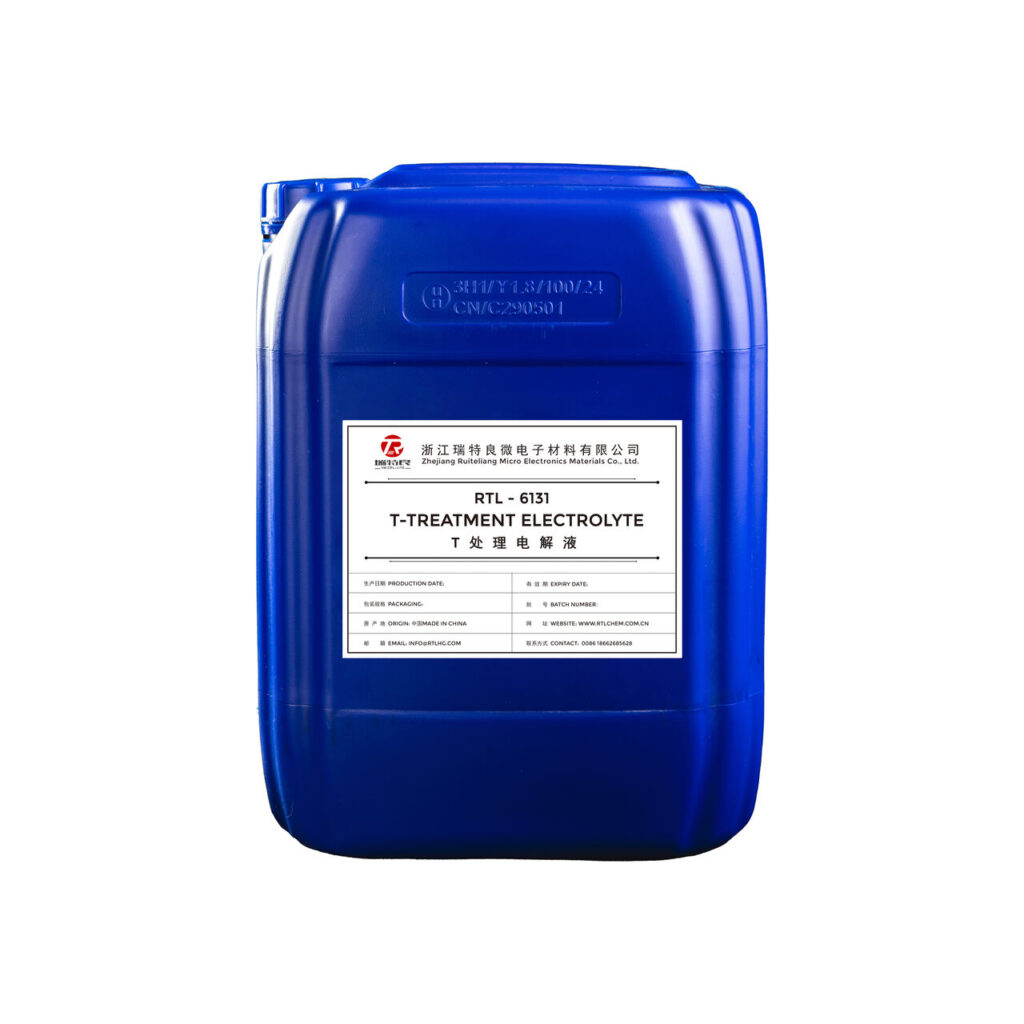
Suitable for electrolytic coloring products of anodized tin salt system
1.Solid, tin salt or tin nickel mixed salt coloring stabilizer;
2.Effectively stable divalent tin, ensuring coloring stability;
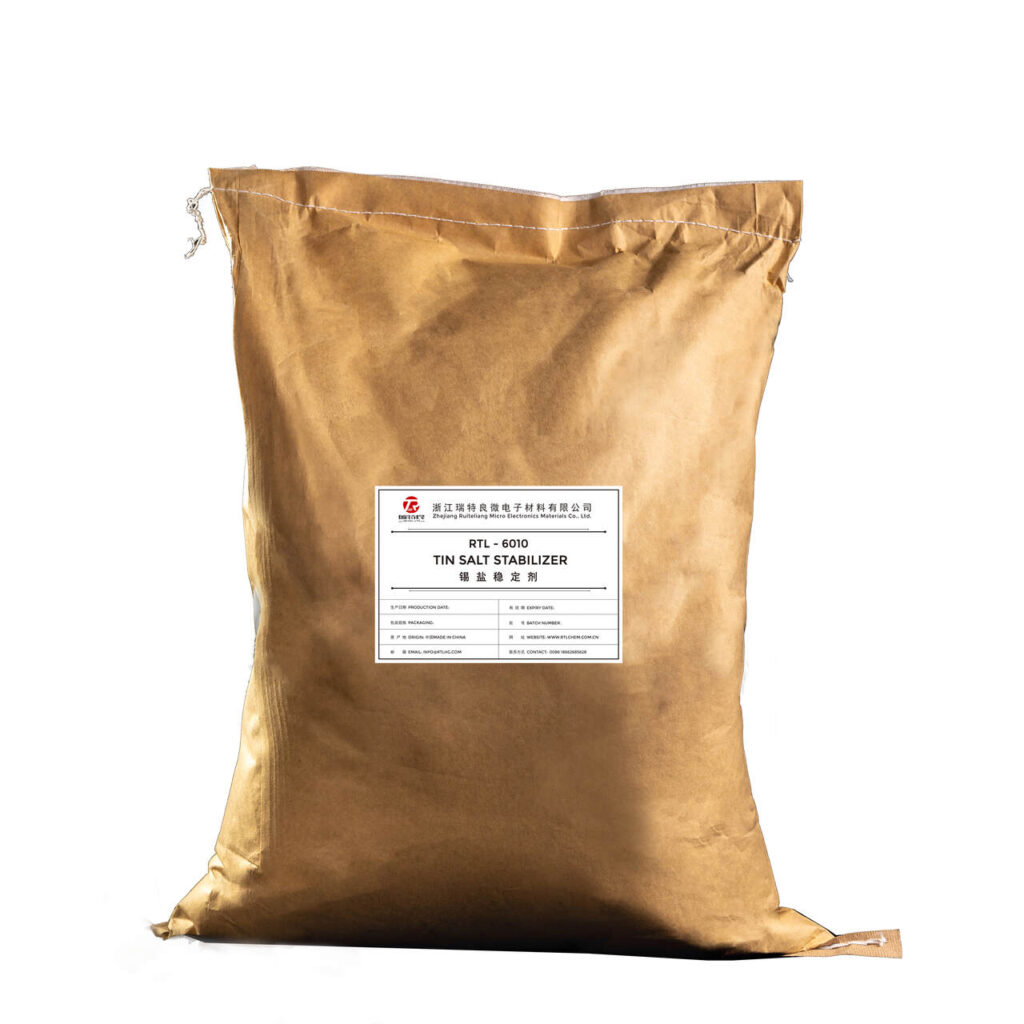
Suitable for electrolytic coloring products of anodized tin salt system
1.Solid, tin salt or tin nickel mixed salt coloring stabilizer;
2.Effectively stable divalent tin, ensuring coloring stability;
